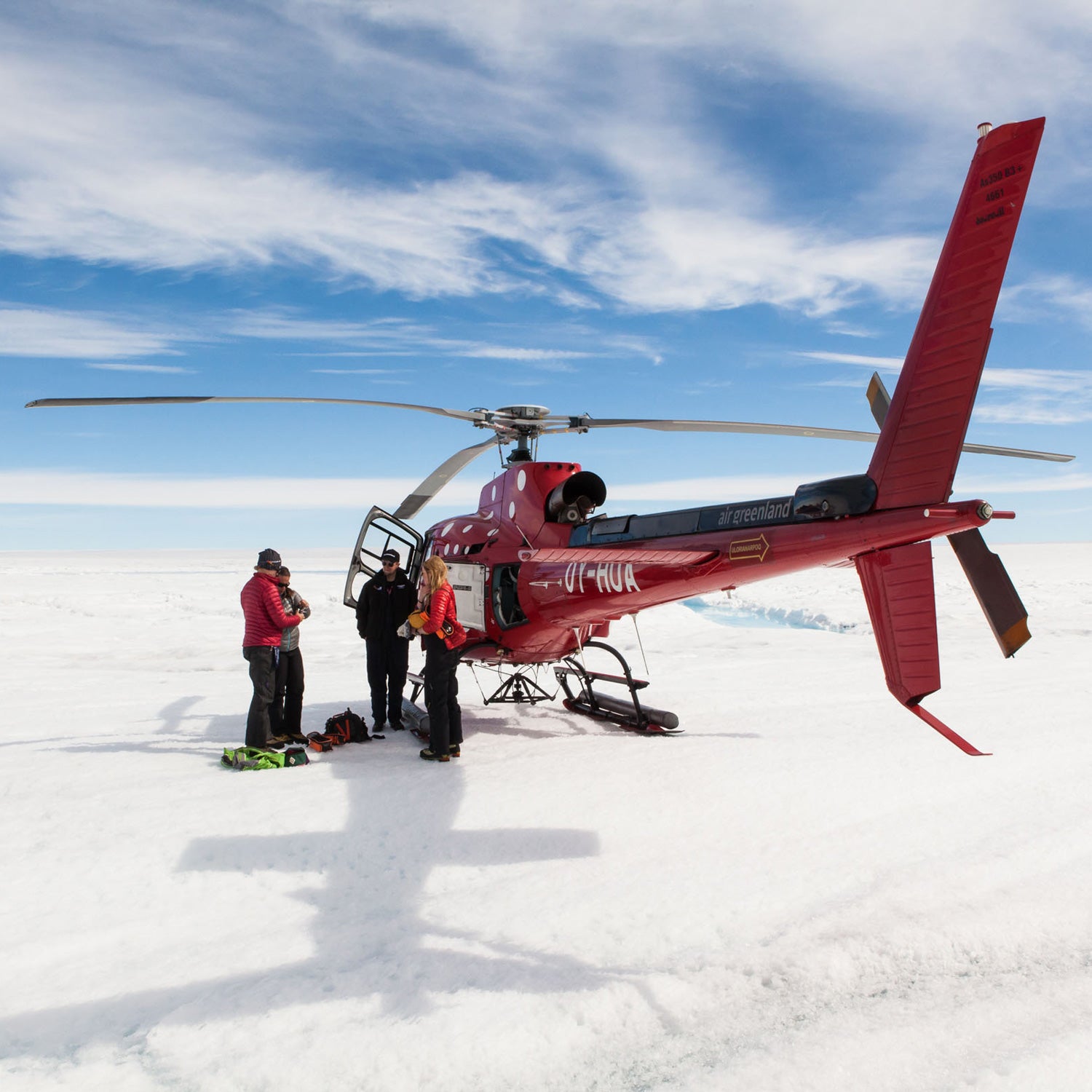Legend has it that, in 1914, Sir Ernest Shackleton seeking men to help him become the first person to cross the continent of Antarctica. Fact or fiction, more than a hundred years later his risky appeal resonates with adventurous types who dream of contributing to a new discovery. From Asian steppe to Arctic sea, here are a handful of upcoming scientific (and science-inspired) trips that anyoneÔÇöwho can afford the price tagÔÇöcan join. ┬á
Chase Glaciers in Greenland
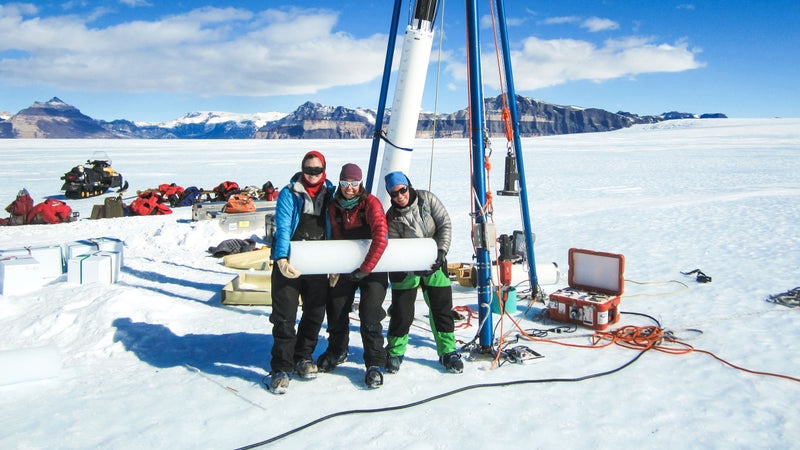
In July 2016┬áthe mother daughter duo of Mindy Cambiar, a professional photographer, and Professor Sarah Aciego, a geologist and glaciologist, are taking up to eight guests on their ┬áwith Bill Chill ║┌┴¤│ď╣¤═°s. The itinerary includes open speedboat icefjord excursions, kayaking under the midnight sun, hiking the most primitive trails, mountain biking on an ice sheet, and a helicopter flight to a supraglacial lake. The 12-day trip may also include dog sledding across an ice cap, weather permitting of course. Climate change will be the topic of exploration as Cambiar and Aciego race to document the most catastrophic glacier retreats in the world. $9,250 per person.┬á
Get Dirty Down Under 
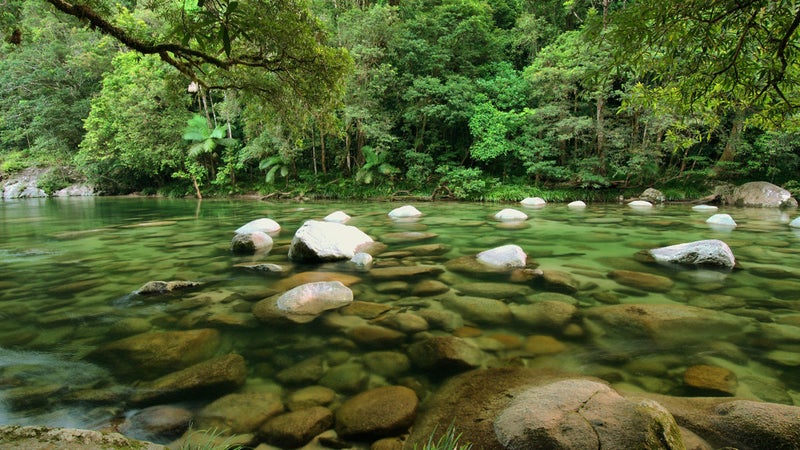
Bush showers and creek baths will keep participants on Intrepid TravelÔÇÖs┬á clean after long days of surveying local flora and fauna and assisting with other fieldwork and data collection. The weeklong trip is one of IntrepidÔÇÖs most physically demanding but itÔÇÖs also one of its most affordable at $2,170 per person. Nights are spent conducting nocturnal wildlife watching studies or around campfires at pretty rustic sites that include a forestry camp set up for leaf litter sifting, insect sorting, and reptile measuring. Data from the trip is analyzed and used to help predict which rainforest species are likely to become endangered or extinct in the coming decades. The next departure is February 2016.┬á
Follow in ShackletonÔÇÖs Footsteps┬á
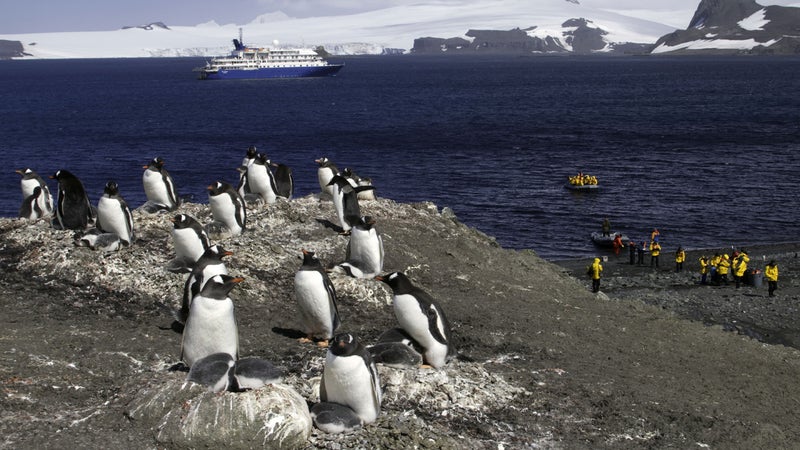
To celebrate the centennial of Sir ErnestÔÇÖs famous voyage, Wilderness Travel is offering a 20-day led by the likes of climber Conrad Anker, conservationist Dr. Carl Safina, wildlife photographer Frans Lanting and Tim JarvisÔÇöthe climate scientist who re-enacted ShackletonÔÇÖs 800-mile rescue voyage in a wooden lifeboat replica. Participants will straddle the Antarctic Convergence, observe King penguin colonies, and visit active research bases including the British Antarctic Survey station and PolandÔÇÖs Arctowski station. The voyage, which starts at $14,995, departs in November 2016 and travelers will stay on a 114-passenger boat featuring an ice-faring hull and a fleet of Zodiacs for shore excursions to sites like Elephant Island, where ShackletonÔÇÖs 22 men were stranded for more than three months.┬á
Excavate a Grassland Ecoregion
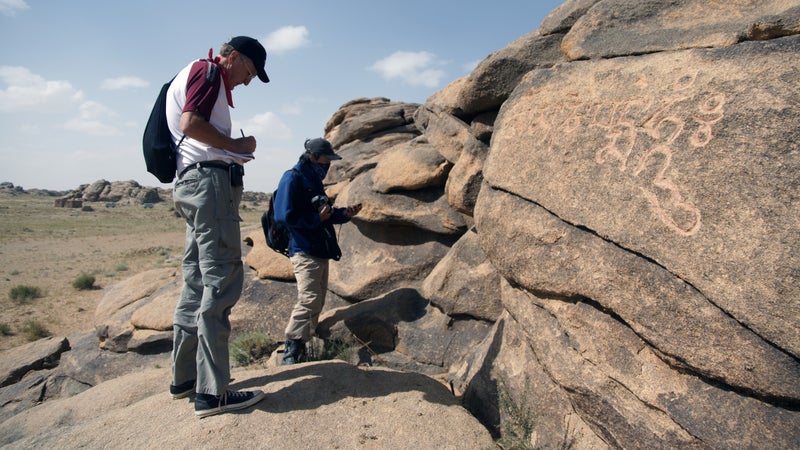
Aspiring archeologists have a unique opportunity to work alongside Dr. Joan S. Schneider next June on the now offered by Earthwatch. For years the focus in the Ikh Nart Nature Reserve has been on wildlife conservation but recently, itÔÇÖs shifted to include excavating the rough terrain for historically significant artifacts left by varying civilizations ranging from the New Stone Age residents to more recent Tibetan Buddhists. Travelers can help Schneider and an entire team of international scientists identify and interpret petroglyphs, draft and photograph burial sites from the Bronze Age and catalog 6,000-year-old artifacts including tools, weapons and ceramics. The 9-day trip costs $2,525, and accommodations include a contemporary guesthouse and a gers, a traditional Mongolian yurt.
Pay Homage to the Past
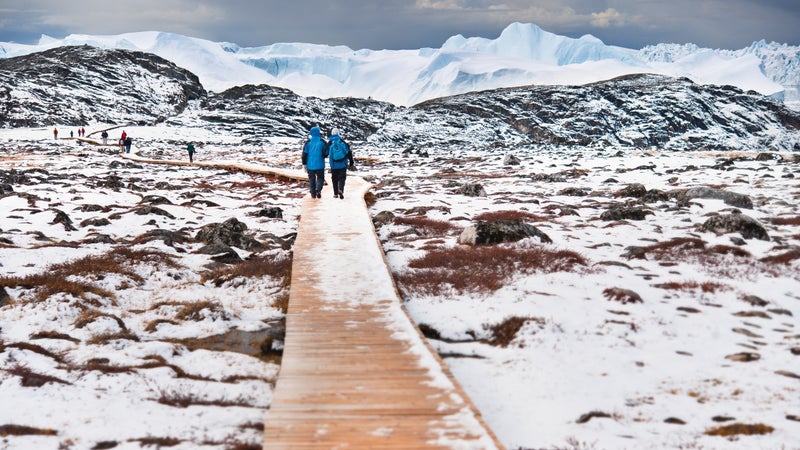
Although scientists have been guests on its cruises for years, ║┌┴¤│ď╣¤═° Canada is just now announcing its new Scientists-in-Residence initiative. Applicants can submit RFPs for the chance to conduct their research on any of the companyÔÇÖs 2016 sailings including next AugustÔÇÖs . Members of the general public can pay $8,995 to embark on the 17-day-long cruise and participate in the chosen resident scientistÔÇÖs studies such as counting sea birds, harvesting complex organisms and documenting Inuit artifacts. The tripÔÇÖs route is determined by the ice flow but will try to follow the paths carved by the first explorers who attempted to cross the Northwest Passage hundreds of years ago. Shore excursions include a stop at Beechey Island where the graves of many of the 134 men who perished on the infamous 1845 Franklin Expedition are found.┬á
Dive for Data in Ecuador
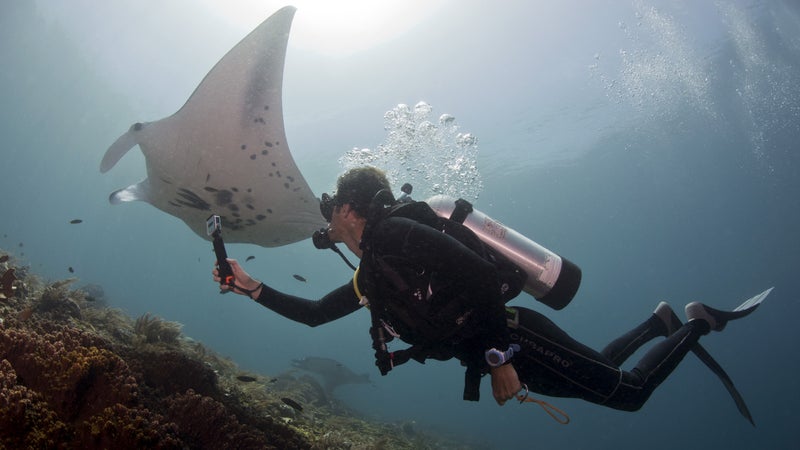
Dr. Andrea Marshall, whose moniker is the Queen of Mantas, was the first person in history to receive a PhD in manta ray ecology. Today, Marshall leads ┬áwhere she invites the SCUBA-certified public to help her study in aggregation sites such as Isla de la Plata. Her next expedition to this major manta ray habitat off the coast of Ecuador departs in September 2016 and will run between $2,200 and $2,400 per person for seven days. A percentage of each package price will be donated to the nonprofit, Proyecto Mantas Ecuador. Participants can expect to be trained in underwater photography and complete dozens of dives while assisting with genetics sampling, setting camera traps, tagging, measuring and updating the global manta ray databaseÔÇöthe Manta Matcher.┬á
Learn Telemetry and Track Predators 
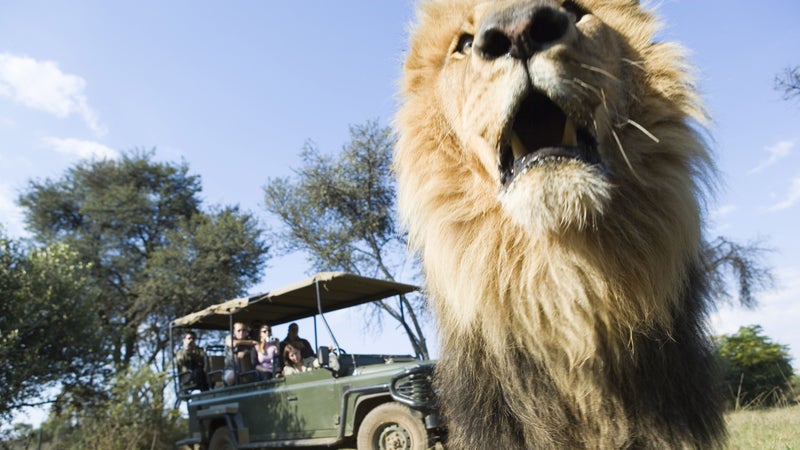
With the title of Mountain Coordinator, Veronica Baas has the responsibility of going up and down the mountain to check insect and mammal traps on Global Vision InternationalÔÇÖs . For $2,390, travelers can receive basic telemetry training and join Baas in tracking, darting and collaring AfricaÔÇÖs most feared carnivores including the cheetah, hyena, leopard, and lion. Data collected during the two-week-long expedition is used to determine how these predators influence prey populations. Commercial safari companies responsible for pay for sighting data and fund the research. Departures are monthly with migration patterns and game movements determining project specifics.┬á


